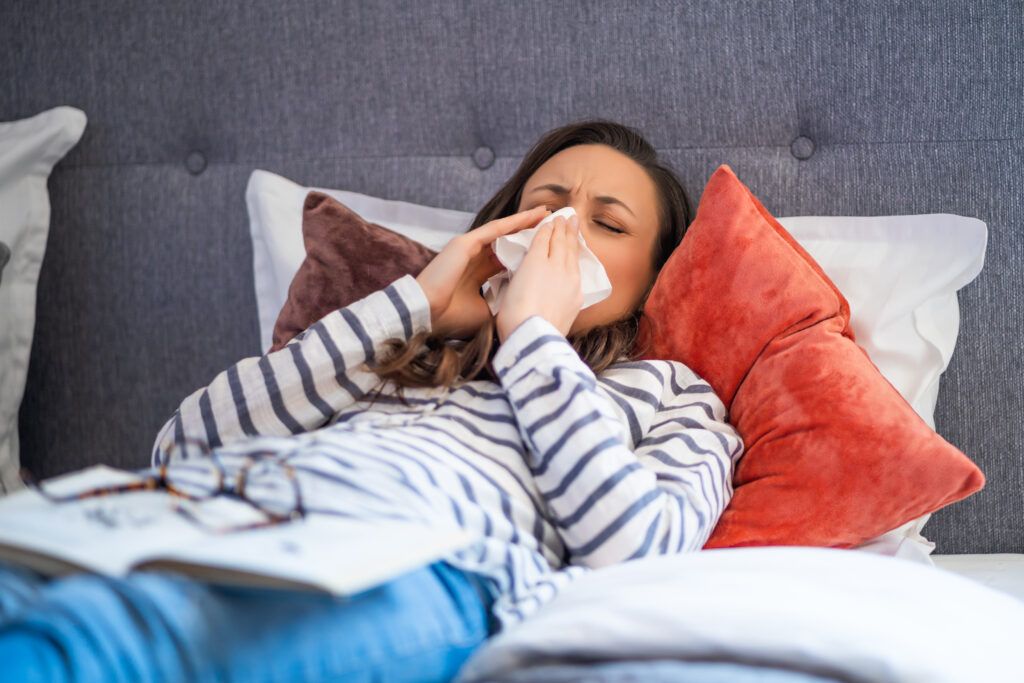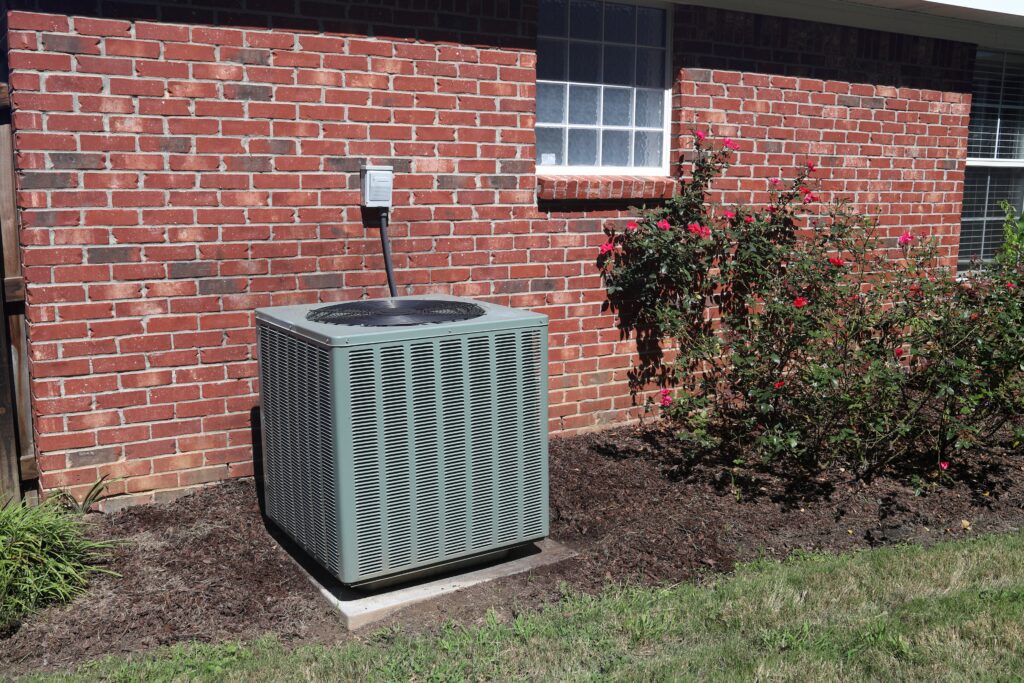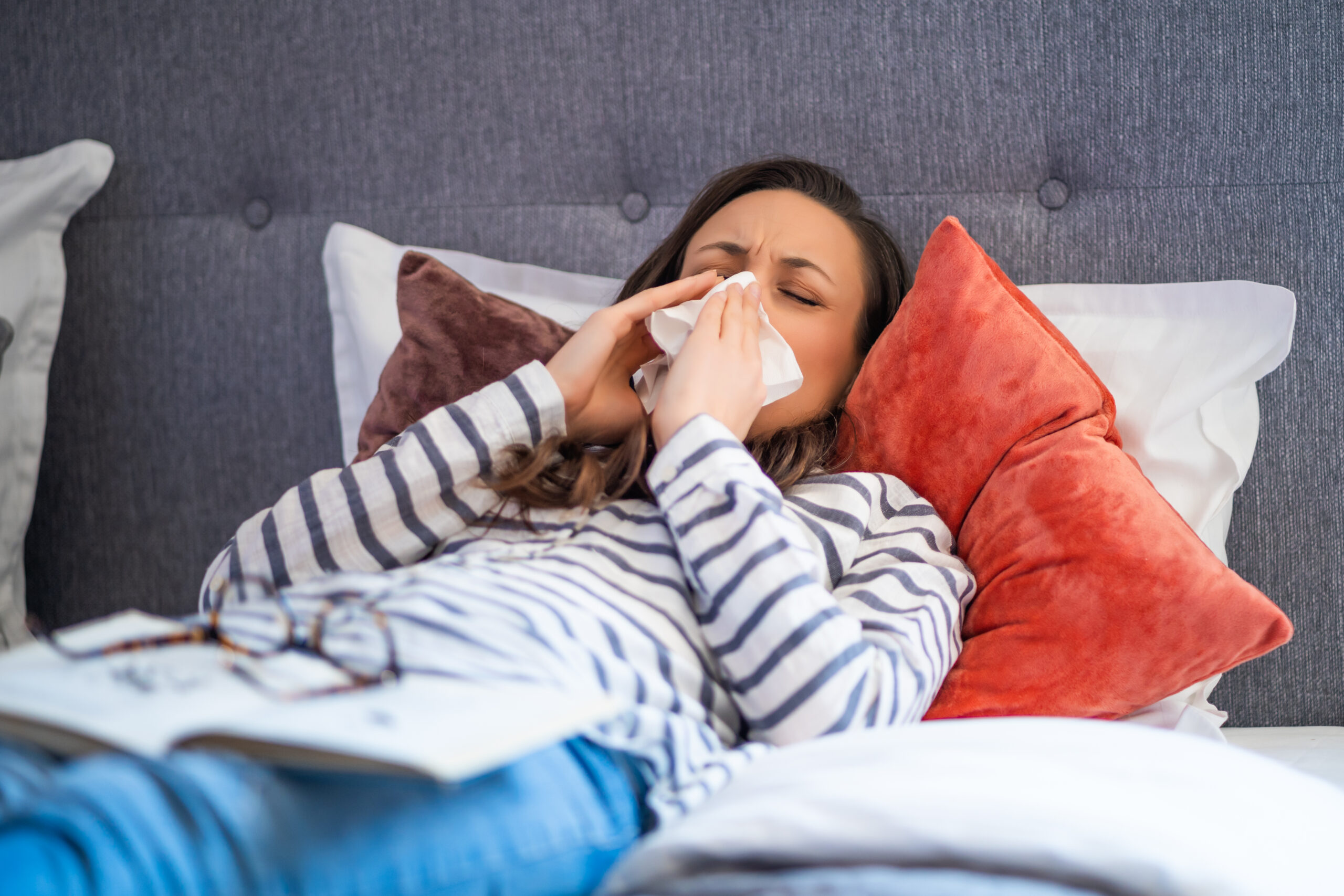
Spring means warmer weather and longer days, but it also means more pollen and dust in the air. Especially in the Bow Valley where Chinook winds whip up all sorts of dust particles that settle in your home. These air pollutants can wreak havoc on those suffering from asthma or seasonal allergies such as hay fever. Worry not, your home probably already has a built in defense system for defeating pesky pollen and dander- your HVAC! This guide will teach you how to optimize your HVAC system to help alleviate your allergy symptoms so you can ditch the tissue and nasal spray for good.
Fresh Filters First
Air filters are your first line of defense when it comes to removing pollen and air pollutants from your home. While every HVAC system should have a filter already installed it’s necessary to change them regularly to prevent clogged filters from reintroducing dust into the air. For optimal HVAC efficiency and the cleanest air possible we recommend changing filters every 1-2 months. For those suffering from serious allergies, we recommend a HEPA filter, the highest grade air filter on the market capable of trapping even the tiniest particles in the air. Before installing a HEPA filter speak to one of our specialists to see if your system is compatible with a HEPA air filter.
Close Those Windows
As the weather gets warm you may be tempted to crack those windows and doors to promote air circulation, but those with seasonal allergies should proceed with caution. Open windows allow dirt and allergens to pour into your home, putting more stress on your HVAC system and clogging your air filtration system at an expedited rate. For optimal performance and the cleanest possible air it might be best to leave those windows shut, instead cycling your HVAC multiple times a day to help produce fresh indoor air.
Humidity Control
Those suffering from serious asthma know damp humid climates can cause their symptoms to flare. That’s why if you live in one of Canmore’s many basement suites we recommend you inquire about installing a whole home dehumidifier to help reduce the

risk of mold and mildew. If a whole home dehumidifier is out of the budget try a portable option, great for condos and apartments. It’s important to note you don’t want your living space too damp or too dry, instead a humidity level of 40% is perfect for reducing allergy symptoms while maintaining comfortable breathing.
Sterilize at the Source
Stay with us, this one seems like something out of a science fiction novel but it’s the most effective way to stop allergens and bacteria from traveling through the air in your home. UV lamps installed in your HVAC system can sterilize the air as it travels through your ducts, killing mold and bacteria at the source. However this new technology can be rather costly so we don’t recommend it unless you suffer from severe allergy related symptoms.
Maintenance is Key
Whatever allergies you suffer from, an optimally running HVAC is your best bet for cleaning your home’s air and reducing the amount of allergens entering your nasal passage. Having regular inspections by our team of trained technicians will guarantee you have clean ducts, fresh filters and clean air throughout your home. Stop suffering from seasonal allergies when the snow melts and start enjoying your summer months by using your HVAC to produce clean, purified air.
